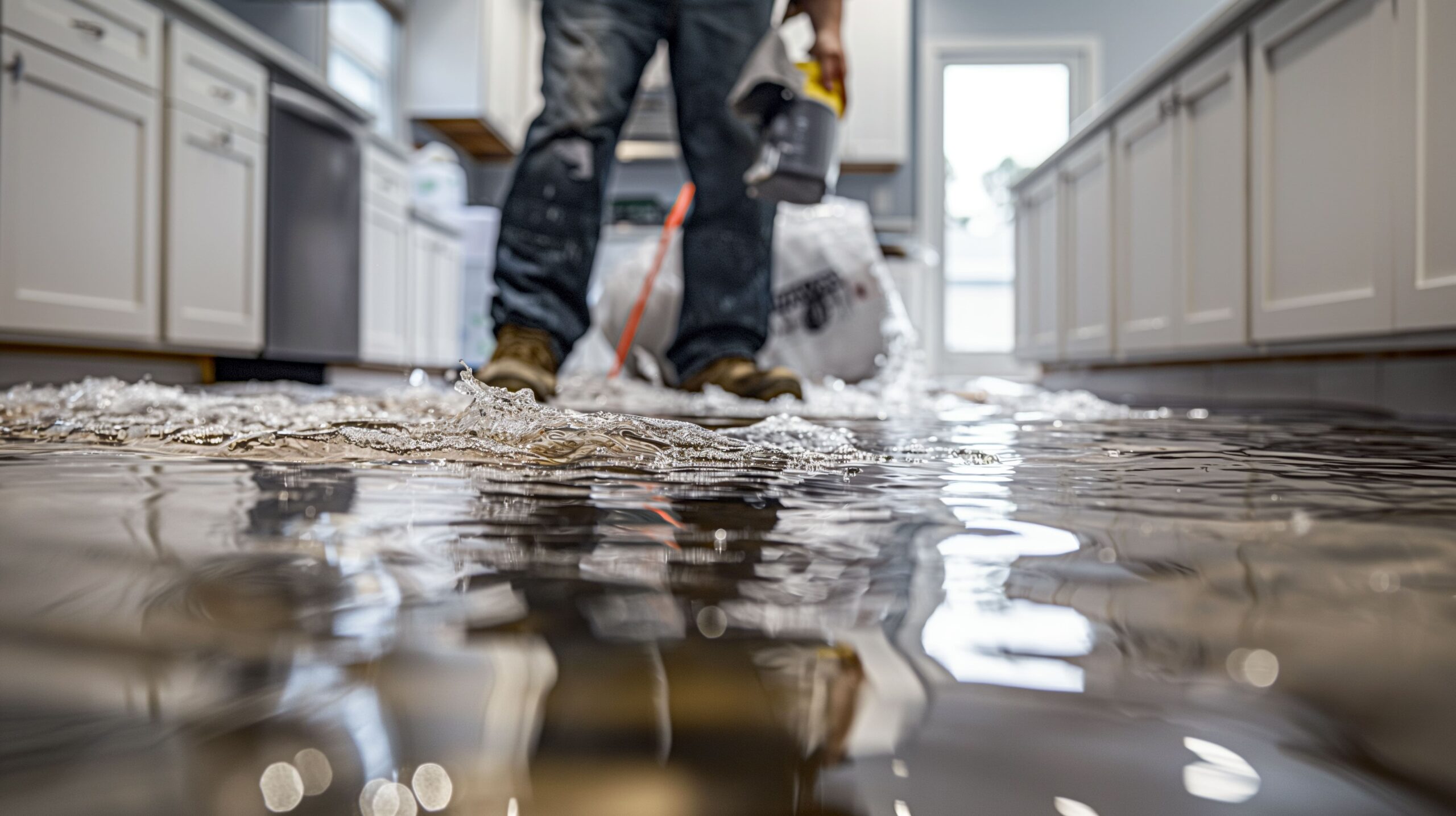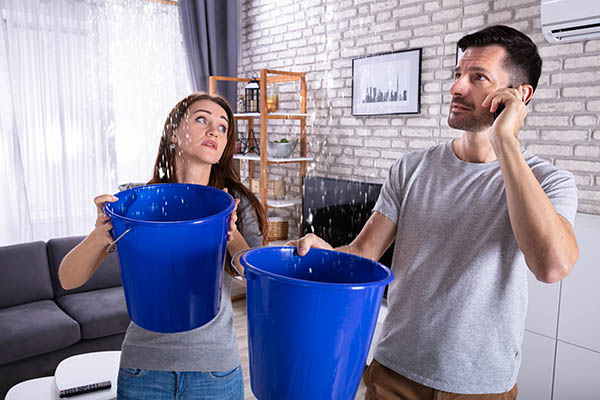Top benefits homeowners choose Flood Cleanup Services during emergencies
Water Damage Restoration 101: Comprehending the Process and Expense
Water damage can strike suddenly, leaving house owners in a state of confusion. Understanding the remediation process is important for reliable healing. From assessing the damage to selecting the ideal provider, each action influences the general outcome and cost. Variables such as the sort of water damage and necessity additionally play a considerable role. What are the specific strategies made use of in reconstruction, and exactly how can one plan for potential costs?
Kinds Of Water Damage
First Assessment and Inspection

Water Extraction Strategies
Following the first evaluation, efficient water removal methods are employed to minimize damage and prevent further problems. These methods involve the usage of specialized tools such as industrial-grade vacuum cleaners and submersible pumps - Mold Remediation After Water Damage. The choice of technique depends on the quantity of water existing and the sort of products affected. For standing water, submersible pumps are usually used for rapid elimination, while vacuum cleaners are ideal for drawing out water from rugs and furniture. Additionally, advanced approaches like water removal mats may be employed for hard-to-reach locations - Water Damage Restoration. The objective is to remove as much water as feasible, minimizing the potential for mold growth and architectural damage. Prompt and reliable water extraction is essential in the general water damage restoration procedure
Drying and Dehumidification Process
When the water removal is total, the drying and dehumidification process ends up being essential to bring back the damaged area. This stage commonly uses industrial-grade dehumidifiers and air moving companies to properly minimize dampness levels. The dehumidifiers draw in wet air, removing excess moisture, while air movers flow air to increase evaporation. Monitoring tools is commonly used to track humidity and temperature degrees, making sure optimal drying out problems. The period of this process can vary depending upon the extent of the water damage and ecological elements. It is important to completely completely dry all influenced materials, consisting of wall surfaces, floor covering, and furnishings, to avoid mold growth and structural damage. Appropriate execution of this action is crucial for an effective remediation outcome.
Cleaning Up and Disinfecting Damaged Locations
A comprehensive initial assessment and examination of influenced areas is essential to determine contamination degrees as soon as the drying process is complete. Water Damage Restoration. Reliable cleaning techniques and suitable items need to after that be utilized to remove particles and discolorations. Ultimately, sanitization and sanitation approaches are necessary to guarantee that harmful microorganisms are eliminated, recovering the area to a safe condition
First Analysis and Inspection
Before beginning any reconstruction efforts, a detailed first assessment and assessment of the influenced locations are important for efficient cleaning and sterilizing. This procedure entails determining the degree of water damage, establishing the resource of the water invasion, and assessing the materials affected. Inspectors normally look for indicators of mold growth, architectural integrity concerns, and harmed possessions. The analysis also consists of inspecting moisture degrees making use of specific tools to guarantee no covert water pockets remain, as these can bring about more problems. Recording the findings is vital for preparing the following actions in the remediation process. A thorough first analysis enables reconstruction experts to devise a targeted strategy for effective cleansing and sanitizing, inevitably reducing damage and wellness threats.
Cleansing Techniques and Products
Efficient cleansing and sanitizing of water-damaged locations need a variety of items and strategies tailored to the certain materials influenced. For porous surface areas like drywall and carpets, extraction approaches are vital to remove excess dampness, followed by deep cleansing with specialized cleaning agents. Non-porous materials such as floor tile or steel can be cleansed using commercial-grade cleansers that properly remove impurities. Heavy steam cleaning is an additional reliable technique, particularly for carpetings and check out here furniture, as it uses heats to remove bacteria and mold and mildew (Water Damage Restoration). In addition, eco-friendly products are progressively preferred for their safety and security and effectiveness - Water Damage Restoration. Eventually, choosing the suitable cleaning techniques and items not only ensures prompt tidiness but additionally aids in preventing more damage and wellness hazards connected with water intrusion
Sanitization and Disinfection Techniques
When dealing with water damage, proper sanitization and disinfection approaches are important to ensure the safety and wellness of the afflicted atmosphere. After first cleansing, surface areas should be treated with suitable disinfectants to remove microorganisms, mold, and microorganisms that flourish in moist problems. Typical methods include using EPA-approved chemical anti-bacterials, which can be applied with splashing or wiping techniques. In addition, ultraviolet (UV) light systems can properly sterilize locations by neutralizing microorganisms without extreme chemicals. The choice of method commonly depends upon the kind of materials impacted and the level of contamination. Eventually, extensive sanitization not just brings back a risk-free space but likewise aids avoid future health and wellness threats related to remaining dampness and mold growth.

Repair Work and Restoration Options
Examining the damage brought on by water exposure is important for figuring out the proper repair services and repair alternatives. Home owners may encounter numerous concerns, consisting of damaged drywall, distorted flooring, and endangered structural elements. Depending on the degree of the damage, repair services might entail changing areas of drywall, mounting brand-new floor covering, or enhancing architectural light beams. In situations of extreme damage, complete replacement of affected materials may be necessary. Additionally, professional conservators typically recommend making use of moisture meters to analyze covert wetness levels prior to selecting the very best program of action. It is vital to act immediately to avoid mold and mildew growth and more damage. Choosing the appropriate options not just recovers the home but likewise assures long-lasting security and functionality.
Factors Influencing Restoration Expenses

The degree of water damage straight impacts the repair costs home owners can expect to incur. Variables such as the source of the water, the duration of exposure, and the affected materials greatly influence rates. For instance, clean water damage from a broken pipe is generally less expensive to recover compared to damage brought on by sewer. Furthermore, the degree of contamination determines the need for specialized cleaning and disposal solutions, better increasing expenses. Geographic location additionally plays a role, as regional labor rates and accessibility of repair services can vary. Finally, the urgency of the response impacts prices; quicker treatments commonly bring about decrease general costs by stopping further damage. Recognizing these aspects is essential for homeowners when approximating reconstruction expenses.
The three key kinds of water damage are categorized based on contamination degrees: tidy water, grey water, and black water. A complete preliminary analysis and inspection are vital steps in the water damage reconstruction procedure. For standing water, completely submersible pumps are commonly made use of for rapid elimination, while vacuum cleaners are suitable for removing water from rugs and upholstery. The level of water damage straight affects the restoration sets you back house owners can anticipate to incur. Tidy water damage from a damaged pipeline is generally much less expensive to restore compared to damage created by sewer.